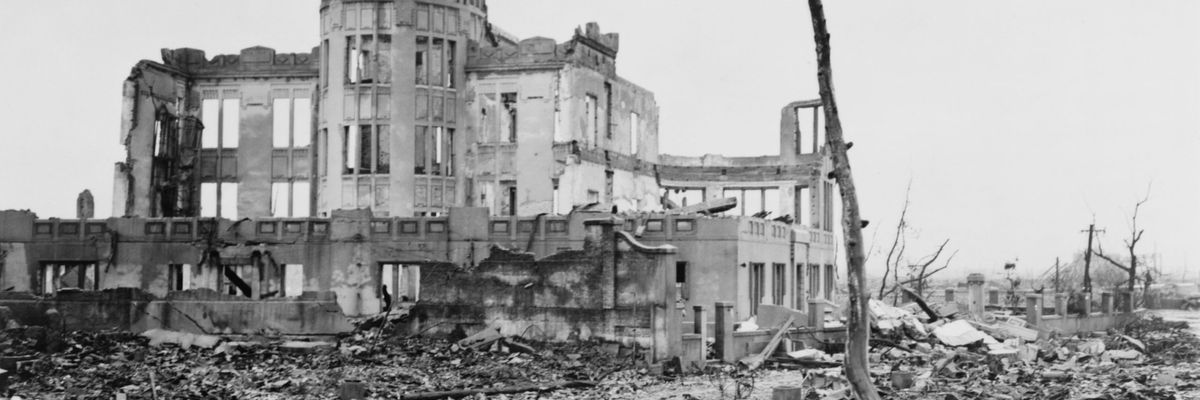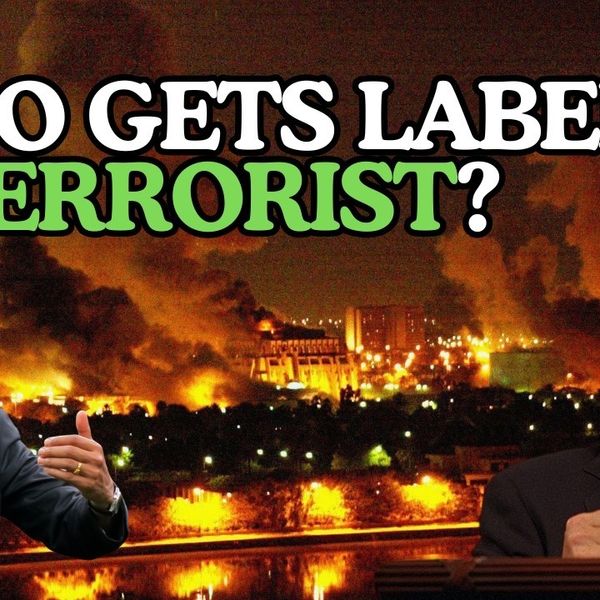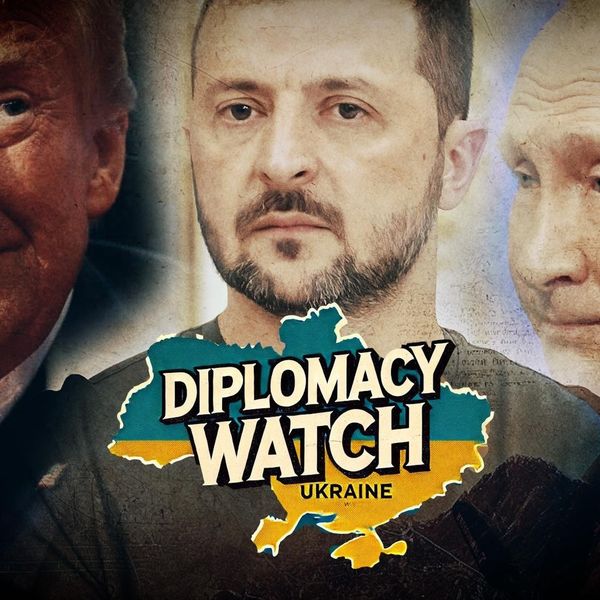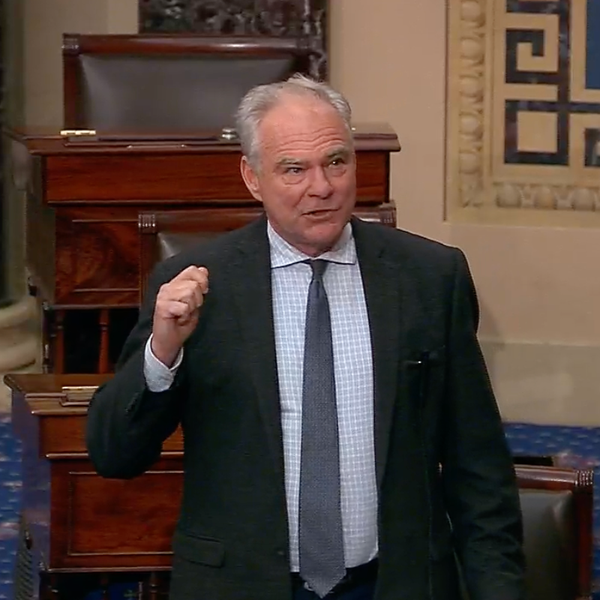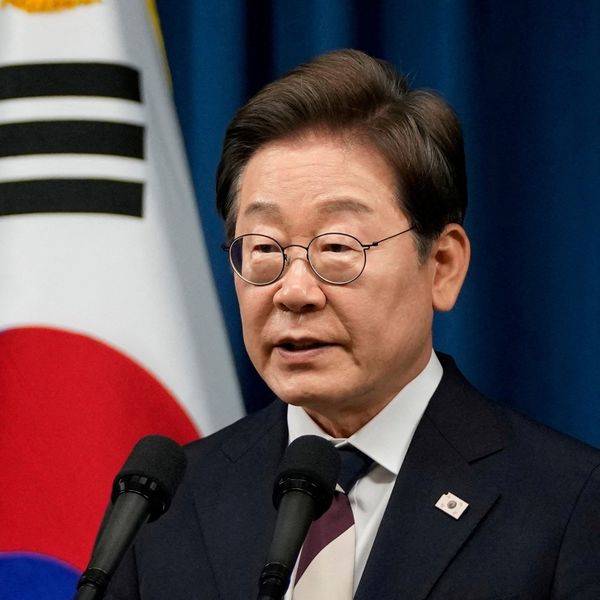The use of the memory of Hiroshima as a political weapon against the US, a country that Iran says has undermined its sovereignty since World War II, is a recurring theme in Iranian media. During a visit to Tehran by Japan’s Prime Minister Shinzo Abe in 2019, the Iranian daily Farhikhtegan carried a picture of a mushroom cloud from a nuclear blast—a reference to America’s bombing of Hiroshima and Nagasaki at the end of the war. “How Can You Trust A War Criminal, Mr. Abe?” the newspaper asked in dual English and Persian headlines.
Iranian films screened in Hiroshima
On the whole, the memory of Hiroshima is regarded as a positive influence in shaping the recent bilateral relations between Tokyo and Tehran. According to Farhikhtegan, President Hassan Rouhani declared in 2013 that Iran and Japan are two countries that have suffered greatly from weapons of mass destruction. The two seem to bond by insisting on their shared historical experience as victims of weapons of mass destruction. In Japan, still to this day, survivors of Hiroshima and Nagasaki are living testimony to the long-term health hazards of weapons of mass destruction. In Iran, there are some 50,000 victims of chemical weapons who can testify to the weapon being used by the Iraqi state during the first Gulf War (the Iran-Iraq war of 1980–1988). Every summer, Iran’s participation in the Love & Peace Film Festival demonstrates how it uses the memory of Hiroshima to strengthen cultural cooperation with Japan.
The festival screens Iranian films in Hiroshima about the sufferings of chemical warfare victims in the first Gulf War. Japanese directors have also screened films about Hiroshima at Iran’s Fajr International Film Festival.
Despite this connection based on memories of human suffering, at first glance Japan and Iran appear to have achieved little to advance a common understanding about the nuclear bomb since Hiroshima. This is partly explained by the fact that the Allied Powers in World War II insisted that Iran break off diplomatic ties with Japan in 1943, in exchange for signing a treaty to guarantee Iranian sovereignty. It was not until 1951 that Iran was able to end its officially declared war on Japan, once Tokyo re-established peaceful relations with the wartime Allied Powers by signing the Treaty of San Francisco. In 1953, bilateral diplomatic relations were restored when the Japanese mission reopened in Tehran.
Personal friendship between the Shah and the Emperor
The period coincided with Iran’s national drive to obtain nuclear technology under the US Atoms for Peace program. Iran’s quest for nuclear sovereignty in this period was not a hurdle to its bilateral relations with Japan. By the 1970s, Iran launched its nuclear energy program, and the period was marked by a brief renewal of Japanese interest in Iran’s commercial and energy markets, driven by the personal friendship between Shah Mohammad Reza Pahlavi and Emperor Hirohito. In 1979, Iran’s Islamic revolution halted the country’s nuclear program, only to be resumed in the mid 1980s. By the time the Islamic Republic of Iran’s massive nuclear build-up was exposed to the world in 2002, Tehran appeared to have parted ways with Japan over the issue of nuclear weapons.
The anti-US ideology of the founder of the Islamic Republic, Ayatollah Khomeini, created obstacles by way of an understanding between Tokyo and Tehran on the subject of shunning nuclear weapons. Even Tehran’s political ties and energy cooperation with Japan were constrained by the issue and over Tokyo’s military and security dependency on Washington. But despite the US factor in placing limits on the making of a strong Japanese-Iranian partnership, the memory of Hiroshima continued to influence political interactions between Tehran and Tokyo.
“Japan of the Middle East”
Iran’s fascination with the successful “Japanese model” for economic growth and development despite the setbacks of World War II predated its revolution. The leaders of imperial and revolutionary Iran both liked to compare their country’s development process, and its share of hurdles and anti-western culture clashes, with Japan’s rise to power after Hiroshima. The fascination transcended Iran’s rigid Islamist factional debates under the Islamic Republic. It was the product of a national consensus from the Shah’s era to transform Iran into the “Japan of the Middle East.” The Iranian intellectual Ali Shariati who inspired the revolution to fight imperialism, and who disregarded the history of Japanese imperialism as a thing of the past, saw Japan as a successful example of modernization without the problems of westernization.1.
Despite these positive views of Japan, Iran’s political ties and energy cooperation with the country were limited. Even after the reformist President Mohammad Khatami visited Japan in 2000, the first by an Iranian leader since 1958, prospects of better relations with Iran looked dim. It was under Khatami that Iran’s nuclear program developed, triggering a nuclear proliferation crisis in the following years. Japan was a key ally for the US and Europe in their efforts to limit the scope of the Iranian nuclear program. For its part, Iran began memorializing Hiroshima, to deflect criticism over its nuclear activities. For example, Iran opened a Peace Museum in 2011, inspired by the Hiroshima Peace Memorial Museum’s efforts to bring to life the narratives of countries that fell victim to weapons of mass destruction.
Forty years of confrontation
Iran’s tensions with the US and its allies have lasted over forty years, and increased in intensity, especially after Washington pulled out of the nuclear deal in 2018. Though Iran’s conflicts with the US in particular are not as deadly as the World War II tensions, they carry a potential to incur a heavy cost on all sides. This begs the question of whether the nuclear debate in Iran encompasses more than what meets the eye, especially if it cannot be confined by the memory of Hiroshima or joint US-Japan efforts to date to end the potentially dangerous aspects of the Iranian nuclear program. Ayatollah Khamenei has publicly declared time and again that the nuclear deal made under the Obama administration harmed Iran’s interests by delaying its nuclear program. At the same time, he has banned the use of nuclear weapons through a fatwa, given that public sentiments in Iran are still generally opposed to the idea of the bomb. But average Iranians do not have a say on matters of foreign policy, or on how revolutionary Iran will address the issue of nuclear deterrence if it works to enhance its security.
The Islamic Republic of Iran seems to be piecing together the memories of Hiroshima not so much to take Japan’s path toward disarmament, or improved relations with the U.S.2. Tehran is intrigued by the US insisting on having nuclear weapons, and on the right to use them, and what that entails for Iran’s long-term security given the tensions between the two. It is these issues that preoccupy Tehran when it opts to work with other countries that have defied US nuclear ambitions, such as North Korea, Russia and China, to develop the Iranian nuclear program.
In 1983, Japan’s Foreign Minister Shintaro Abe met with Ayatollah Khamenei in Iran to broker a deal that would ensure maritime navigation in the Persian Gulf during the first Gulf War. Iran welcomed the idea, but it was not enough to get Iraq on board to end the war. Japan’s Prime Minister Shinzu Abe accompanied his father on that trip as a young man, his first to Iran, to witness the challenge of averting military confrontation. On his second trip to Tehran last year, Abe was told that Iran would not stay committed to the nuclear deal if other parties refused to salvage it. Iran resumed its nuclear activities shortly after, pointedly showing that the memory of Hiroshima was not enough to end the revolution’s drive to obtain full sovereignty in its nuclear policy decisions.
This article has been republished with permission from Orient XXI.
